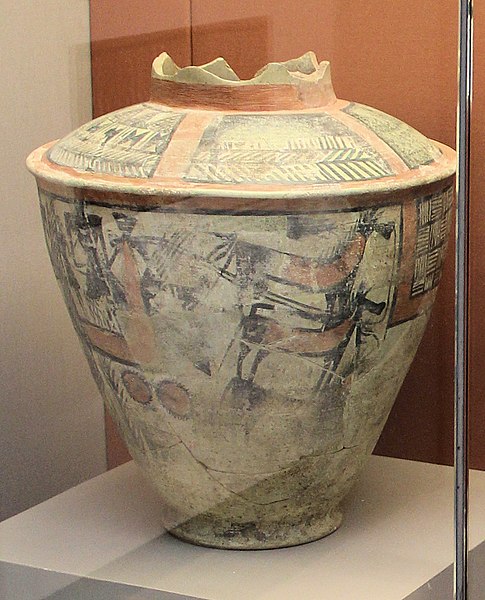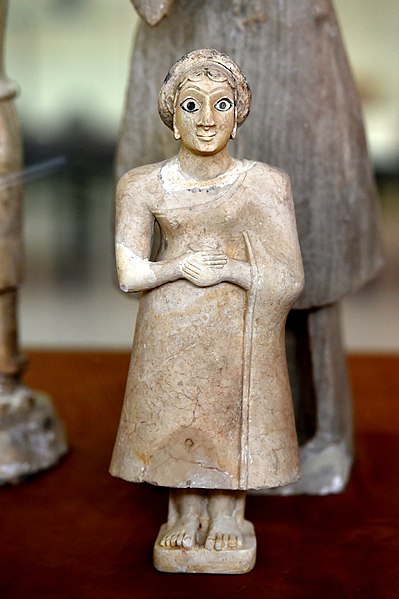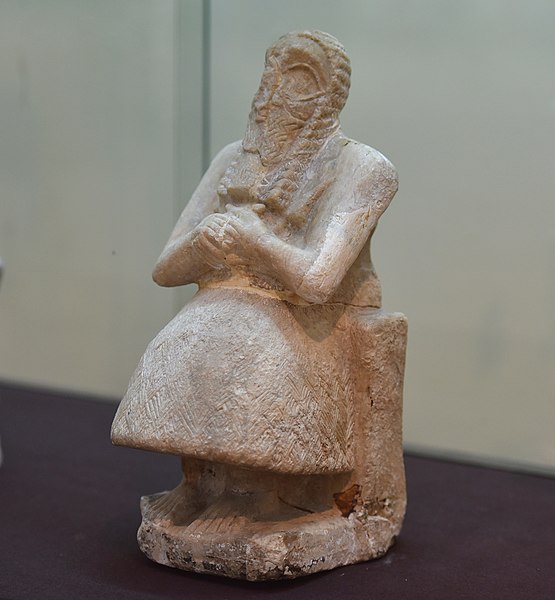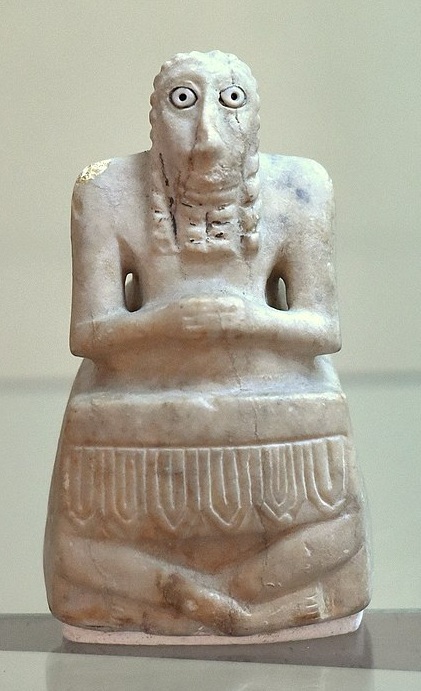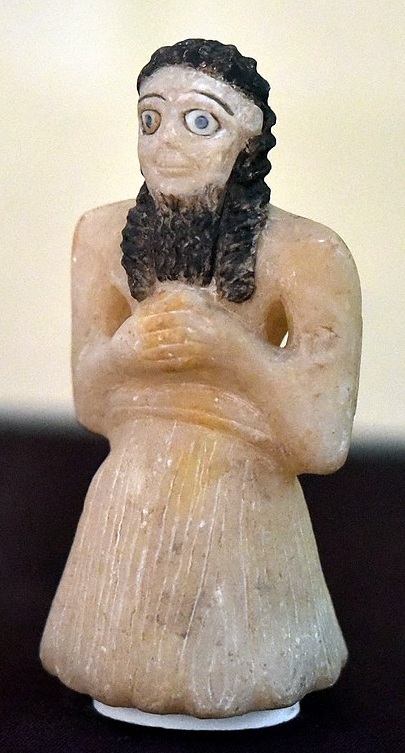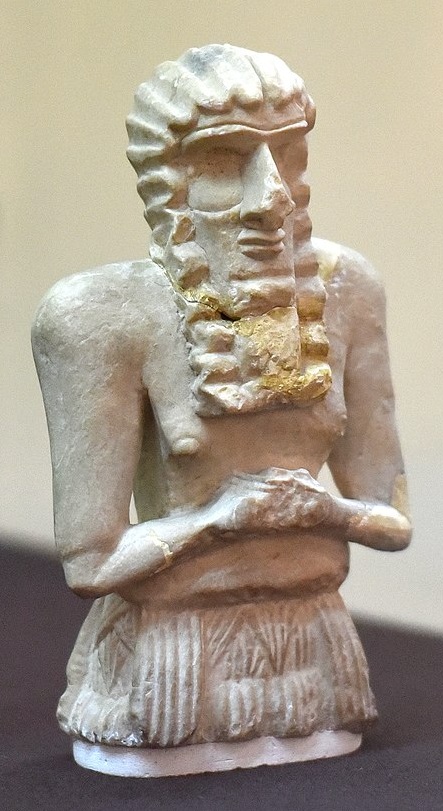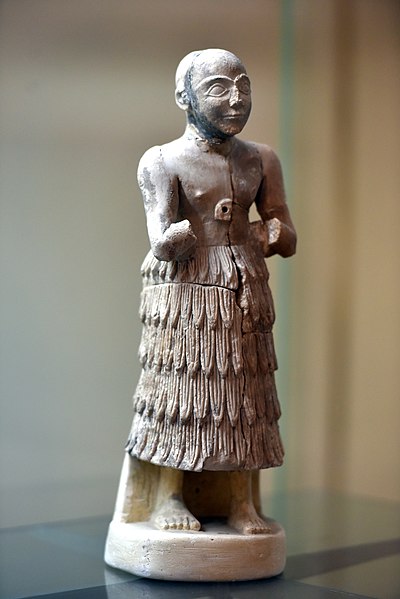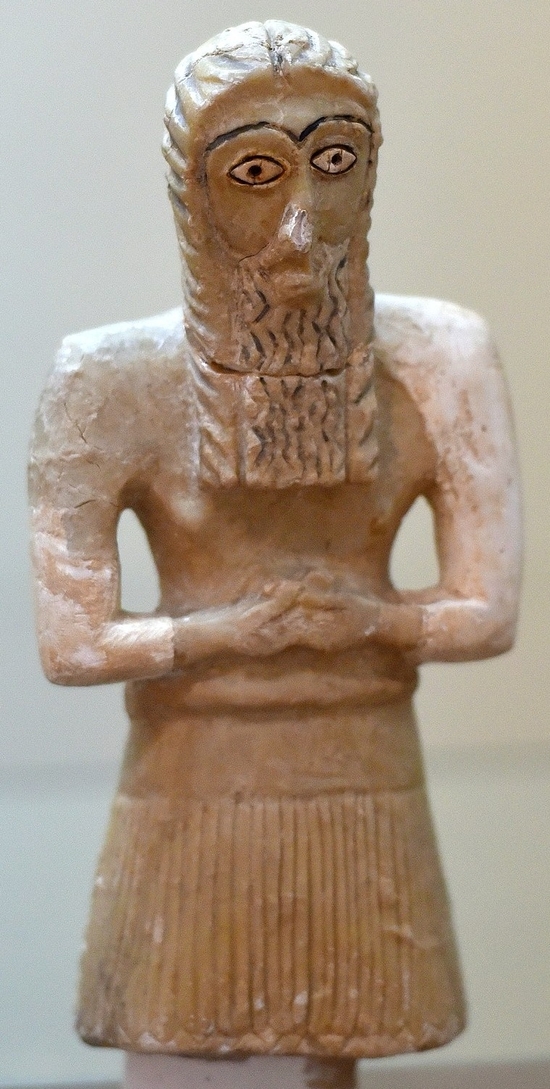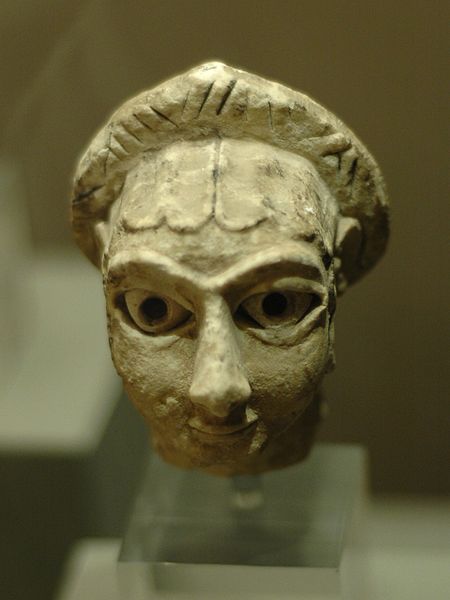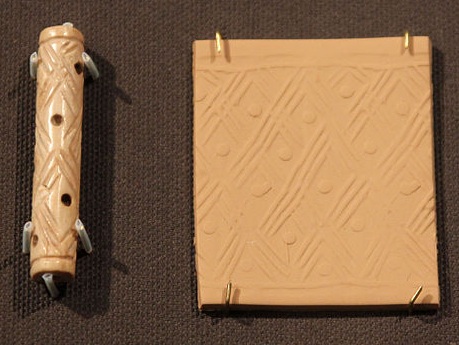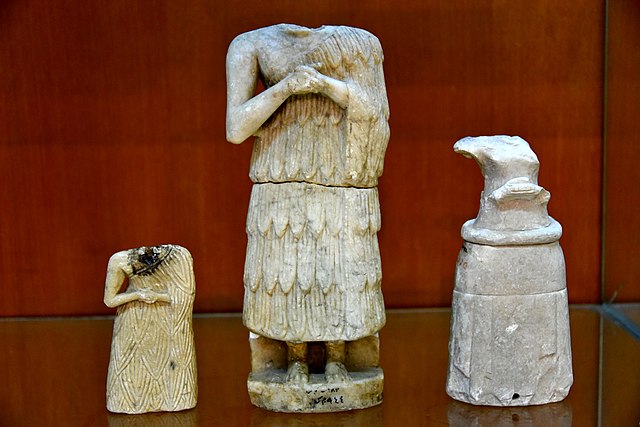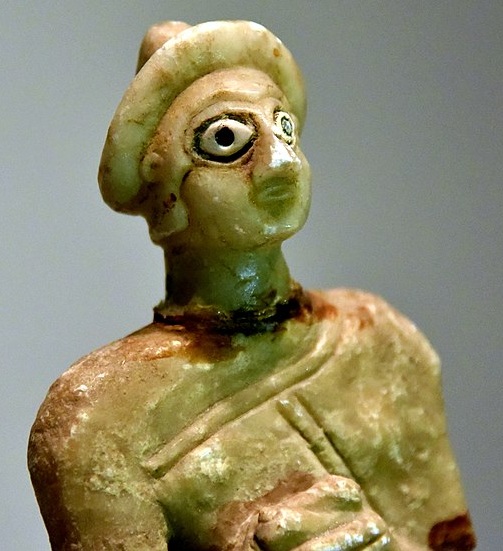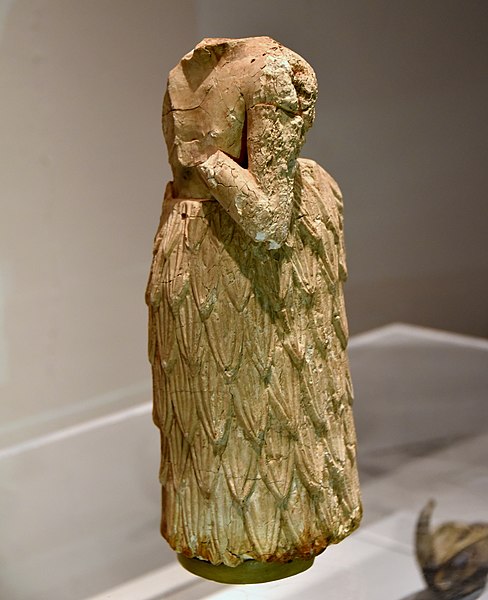
| KHAFAJAH
Khafajah shown within Iraq Alternative name : Khafaje
Location : Diyala Province, Iraq
Region : Mesopotamia
Coordinates : 33°21'16.83 N 44°33'20.71 E
Type : tell
Khafajah or Khafaje (ancient Tutub) is an archaeological site in Diyala Province (Iraq). It was part of the city-state of Eshnunna. The site lies 7 miles (11 km) east of Baghdad and 12 miles (19 km) southwest of Eshnunna.
History
of archaeological research :
Khafajah
and its environment :
Occupation history :
Scarlet Ware pottery excavated in Khafajah. 2800-2600 BCE, Early Dynastic II-III, Sumer. British Museum Khafajah was occupied during the Early Dynastic Period, through the Sargonid Period, then came under the control of Eshnunna after the fall of the Ur III Empire. Later, after Eshnunna was captured by Babylon, a fort was built at the site by Samsu-iluna of the First Babylonian dynasty and named Dur-Samsuiluna. Mesopotamian chariots were created in Tutub.
Material
culture :
Gallery
:
Female worshiper, Sin Temple, Khafajah, Iraq Museum
Female worshiper, Sin Temple, Khafajah, Iraq Museum
Statue from the Sin Temple, Khafajah, Iraq Museum
Statue from the Temple of Sin at Khafajah, Iraq Museum
Statue from the Hoard of Nintu Temple V at Khafajah, Iraq Museum
Statue from the Hoard of Nintu Temple V at Khafajah, Iraq Museum
Male statue from Hoard in Nintu Temple V at Khafajah, Iraq Museum
Statue from Nintu Temple VI at Khafajah, Iraq Museum
Male statuette, Nintu Temple VI, Khafajah, Iraq Museum
Male statuette, Sin Temple IX, Khafajah, Iraq Museum
Male statuette, Nintu Temple VI, Khafajah, Iraq Museum
Limestone human head found at Khafajah, Early Dynastic II (c. 2700 BC)
Cylinder seal found at Khafajah, Jemdet Nasr period, (3100 – 2900 BC)
Three Sumerian statues, Early Dynastic Period, 2900 - 2350 BCE, from Khafajah, Iraq. The Sulaymaniyah Museum
Head of a Sumerian female, from Khafajah, excavated by the Oriental Institute, Early Dynastic III, c. 2400 BCE. The Sulaymaniyah Museum
Headless statue of a Sumerian man, from Khafajah, Early Dynastic Period, 2900 - 2350 BCE. The Sulaymaniyah Museum
Source :
https://en.wikipedia.org/ |

